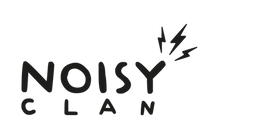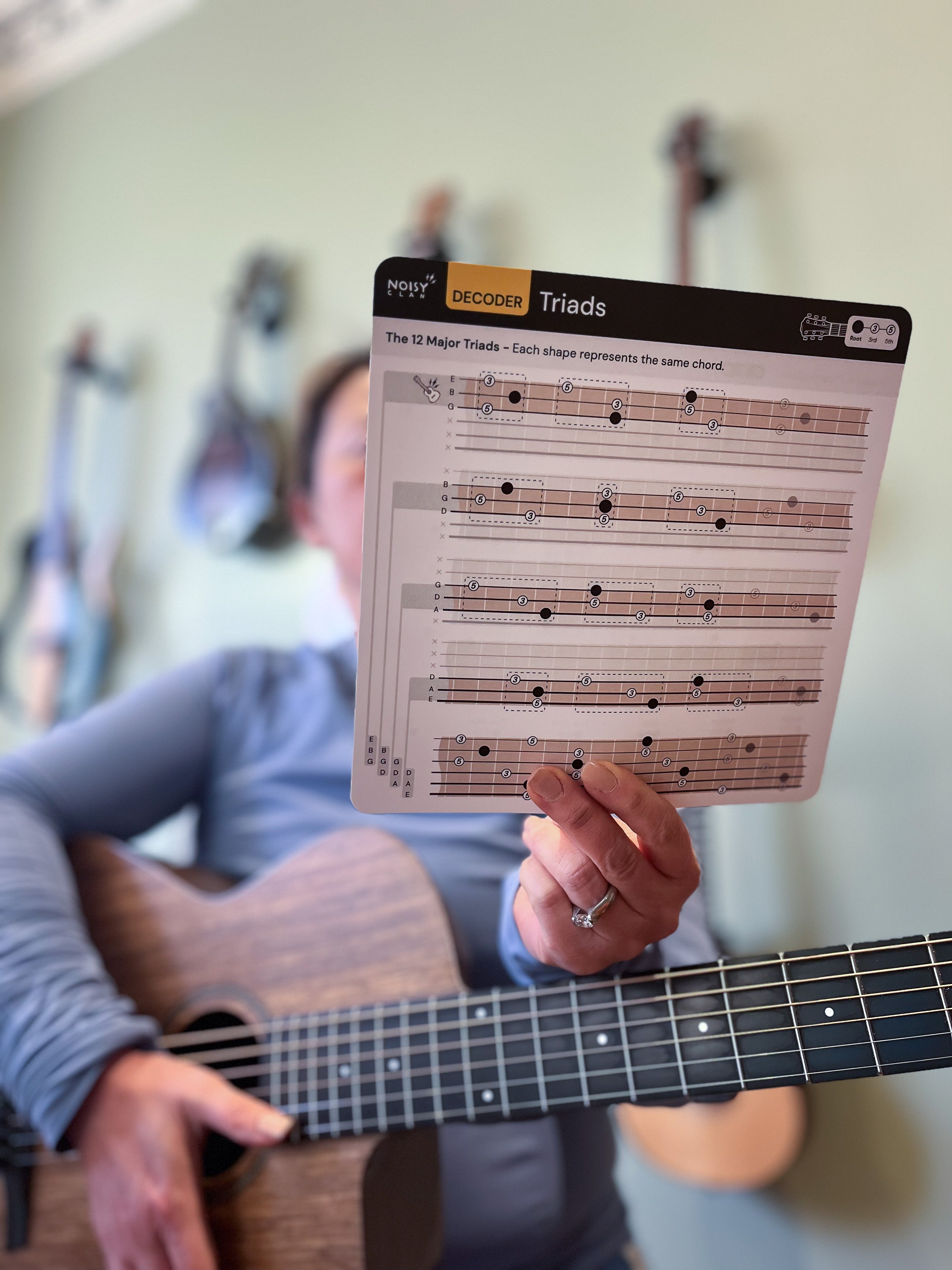A stool with only one or two legs will fall over. Three legs and you have a wonderfully stable seat, even on rough ground. A chord is exactly the same. Three notes and you can fully play a major, minor or diminished chord, plus triads are much easier to play than barre chords (requiring less fingers to fret the shapes). Adding more notes adds additional flavour, while with only two notes (dyads or double stops on guitar), gives you most of the information of a chord, but is still ambiguous and open to interpretation.
Triads: Let’s Get Acquainted
Triads are the basic building blocks of chords, consisting of three notes played simultaneously. These notes are made up of the root, third, and fifth of a given scale.
For example: To create a C major triad. We start with our root note C, we move up by an interval of a 3rd to E, and then by another interval of a 3rd to G.

Noisy’s Triad Cheat Sheet: Orientation and Application
The Decoder Cheat Sheet for Triads shows the 12 major triads shapes on the guitar, these shapes give you 12 ways to play the same chord. The major triad is the minimum number of notes required to form a complete chord, formed of three note intervals. The root, the major third and the perfect fifth.
The Cheat Sheets show the 1, 3 and 5 for each inversion of the triad. They don’t show the fingering, but rather how each triad is constructed, which is less prescriptive. The first side shows the three chord inversions for each of the 4 string groups possible, a total of 12 major triads. The triad shapes are built on 3 consecutive strings. This breaks the guitar strings into four groups. Within each group, a triad is shown in 3 different inversions. 1 3 5 is considered the 'root position' triad. An inversion is 3 5 1 or 5 1 3, that is, the lowest note in the triad is not the root.
For instance I can look at the third line highlighting the G, D and A strings and see how the three triads are played on just these strings. These three triad shapes are all the same chord, just different inversions of the same note. The transparent notes are shown as the shapes repeat again at the octave (after 12 frets):

There are only three playable combinations of notes (inversions) possible. The root note in black is played on the A, G and D string.
To play a C# triad I just need to play the shapes shown with a C# root. On the A string the root is at the 4th fret. I can immediately see that the next triad shape has the root on the G string two frets up the fretboard.
The bottom diagram shows the traditional image with all triads arranged on the fretboard.

The opposite side* shows how to use triads to play a chord progression. The top three lines show how to play:
- Along the fretboard:

- In the same tight neighbourhood:

- Vertically up and down the strings:

The bottom sequence shows how to modify the major triads to play a minor, diminished, augmented chord.

Visually understanding how to modify a major triad really unlocks the potential to play infinite chords. Rather than just seeing how the new chord shape looks, it is important to see the arrows because it highlights the process. This is the difference between understanding a process rather than just copying the process.
Everyone in the office knows how fond I am of the phrase “teaching me how to fish rather than just feeding me a fish” - this cheat sheet does just that.
I always remember learning algebra at school, and questioning the classic formulas of why they are the way they are. And when asking my teacher, she said, and I quote “just because!”. And of course, maths is different to music. But that feeling of utter confusion, cogs on fire as they turn in your brain, the blank stare I would give my teacher everytime she said “does everyone understand?”. I don’t want these cheat sheets to recreate that feeling. I just hope this bridges the gap between how and why. It’s time we learn to fish.
Download your FREE Triads Cheat Sheet for Guitar here.
*Please keep in mind that if you have downloaded our PDF, the cheat sheet is only one sided, whereas our physical verison is double sided. For convenience, some information was omitted to fit on the page! The double sided cheat sheets will be available from January.





